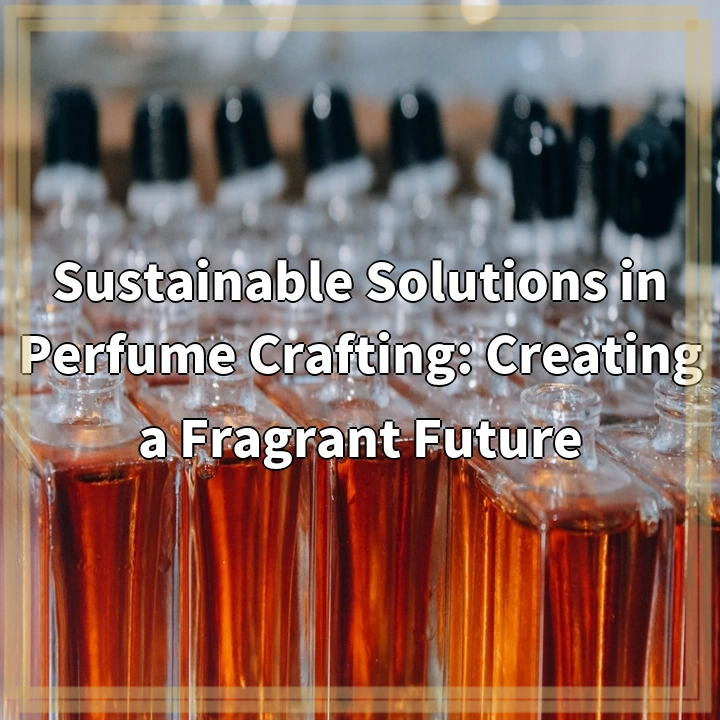
What it is:
Sustainable practices in modern museums refer to the adoption of environmentally responsible strategies and initiatives to minimize the negative impact of museums on the environment. It involves implementing various measures to reduce carbon emissions, conserve energy and water, reduce waste, and promote sustainable materials and practices throughout all aspects of museum operations.
Real-World Problems:
While museums play a critical role in preserving and showcasing cultural artifacts, they often face challenges in becoming more sustainable. Some of the real-world problems associated with implementing sustainable practices in modern museums include:
1. Energy Consumption:
Museums require a significant amount of energy to power exhibition spaces, climate control systems, lighting, and other equipment. This high energy consumption contributes to greenhouse gas emissions and can strain local energy grids. Finding ways to reduce energy consumption while maintaining the necessary environmental conditions for artifact preservation is a key challenge.
2. Waste Management:
Museums generate considerable amounts of waste, including packaging materials, exhibition displays, and food waste from cafes and restaurants. Proper waste management systems are needed to ensure recycling, composting, and appropriate disposal of hazardous materials. This requires implementing comprehensive waste management plans and partnering with local recycling and waste management facilities.
3. Conservation of Resources:
Museum collections often require specific temperature, humidity, and lighting conditions to protect and preserve artifacts. Achieving these conditions can be energy-intensive and costly. Balancing the conservation needs of the collections with the goal of reducing environmental impact poses a challenge when implementing sustainable practices.
4. Visitor Behavior and Education:
Museums rely on visitors to engage and interact with exhibitions. However, visitor behavior can contribute to unsustainable practices, such as excessive energy usage through interactive displays or improper waste disposal. Educating visitors about sustainable actions and encouraging them to adopt environmentally conscious behaviors are important steps in promoting sustainability within museums.
5. Funding Constraints:
Implementing sustainable practices often requires financial investments in energy-efficient equipment, renewable energy sources, and staff training. However, museums may face financial constraints and limited resources, making it challenging to allocate funds towards sustainability initiatives. Finding creative solutions and seeking external support through grants and partnerships is crucial to overcoming this obstacle.
Addressing these real-world problems and finding innovative solutions is essential for modern museums to reduce their environmental footprint and lead the way towards a more sustainable future.

Solutions for Sustainable Practices in Modern Museums:
The challenges associated with sustainable practices in modern museums can be addressed through various solutions and strategies. Here are some potential solutions:
1. Energy Efficiency Measures:
Museums can implement energy-efficient technologies and practices to reduce energy consumption. This includes using LED lighting, installing motion sensors to control lighting and ventilation systems, and optimizing climate control systems for exhibition spaces. Conducting regular energy audits can help identify areas for improvement.
2. Waste Reduction and Recycling:
Implementing comprehensive waste management plans can help museums minimize waste and increase recycling rates. This involves providing clearly labeled recycling bins throughout the facility, partnering with local recycling facilities, and educating staff and visitors about proper waste disposal. Museums can also explore ways to repurpose and reuse materials in exhibition designs.
3. Sustainable Materials and Design:
Museums can adopt sustainable materials and design principles in their construction and renovation projects. This includes using eco-friendly building materials, incorporating natural lighting to reduce reliance on artificial lighting, and enhancing insulation for better energy efficiency. Integrating renewable energy sources, such as solar panels, can further reduce carbon emissions.
4. Visitor Engagement and Education:
Educating visitors about sustainable practices and encouraging their active participation can have a significant impact. Museums can use interactive exhibits and displays to demonstrate the importance of conservation and sustainability. Providing information and resources on sustainable lifestyle choices can empower visitors to make positive changes in their own lives.
5. Partnerships and Collaboration:
Museums can foster collaborations with local communities, universities, and organizations to share knowledge and resources. Partnering with sustainable technology providers, green builders, and waste management companies can offer expertise and support in implementing sustainable practices within the museum.
By implementing these solutions and strategies, modern museums can move closer to achieving environmental responsibility and sustainability, serving as role models for other institutions and inspiring visitors to embrace a greener future.















